Tracking retail fuel trends: October 2025
Lower prices brought a boost, but not everyone is celebrating. We analyzed the impact of the government shutdown on Washington, D.C.

Dr. Thomas Weinandy
By the start of October, most gas stations in America have finished switching over to their cheaper winter-blend fuel. That’s one reason we expect both rack and sign prices to fall as the weather turns colder.
Cheaper prices gave most drivers and operators a boost in October, but not everyone was celebrating. With this month’s Fuel Trends recap, we took a closer look at how the federal government shutdown impacted consumers in Washington, D.C.
Read on for your monthly update here.
Last month’s data
Lower prices benefitted stations and drivers alike
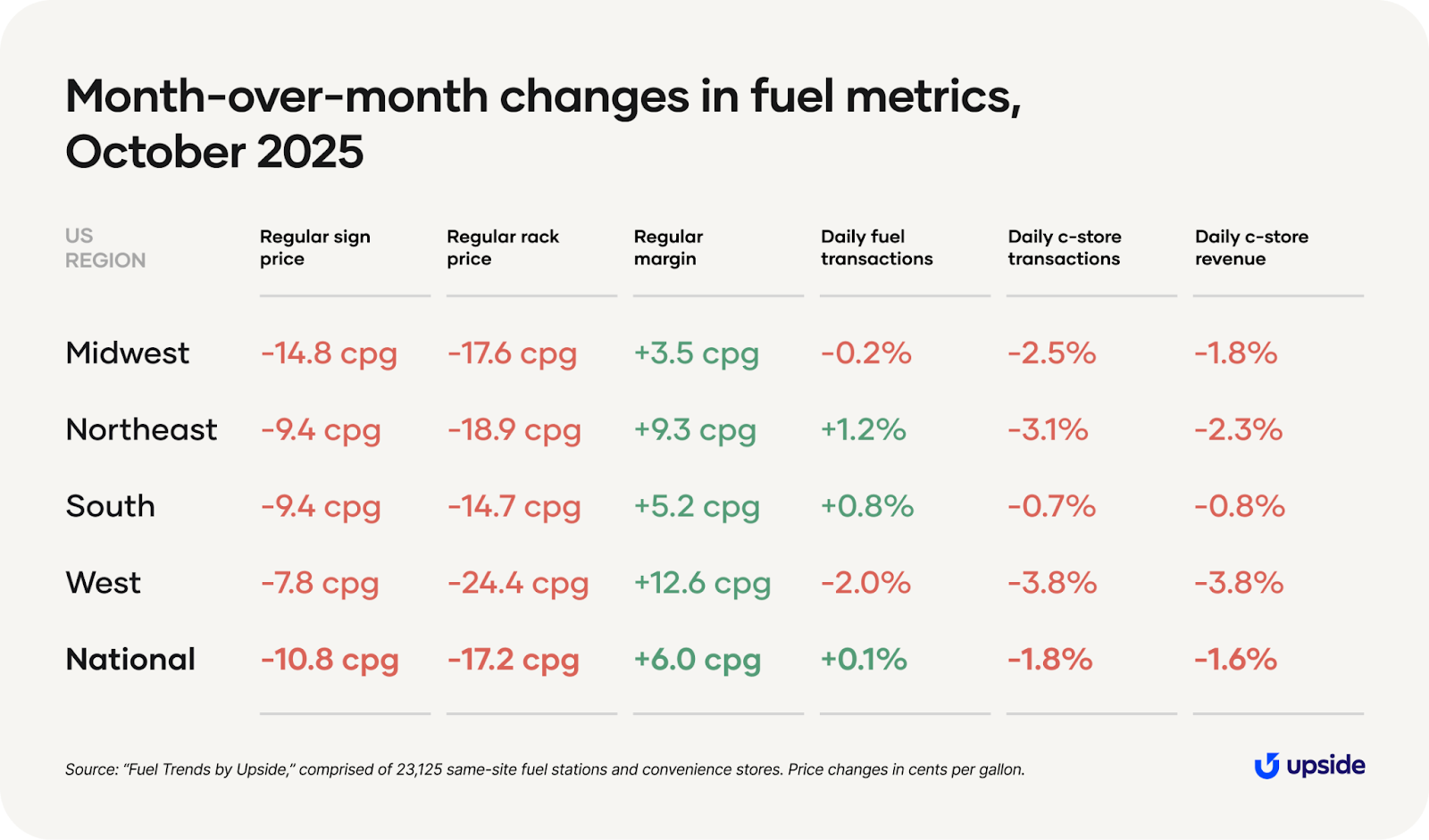
In October, rack prices fell by at least 14 cents per gallon across each American region, with the biggest drop coming out West. The national average was a 17-cent decrease for a gallon of regular fuel.
Sign prices fell in turn, but since they lag behind rack price changes, they didn’t decrease by as much.
Even so, consumers are seeing the lowest sign prices of 2025. On October 17th, Upside’s data showed sign prices at the average gas station dipped to $2.99. The last time regular gas averaged under $3 was December 30th, 2024.
Together, low sign prices and lower rack prices meant that both consumers and retailers had reasons to be encouraged in October.
On the demand front, travel in the US usually dips in the fall as weather cools, but October fuel demand held steady month-over-month. The typical station saw 0.1% more customers than they did in September. Lower sign prices lead to more gallons sold, so it appears that the impact of the price drop slightly outweighed that of the expected seasonal demand decline.
Convenience stores, however, did not see that same demand boost. Nationally, c-store transactions and revenue each fell by nearly 2%, with the largest declines in the West. Overall, each American region experienced lower c-store demand in October.
But one region in particular is feeling the pinch right now — and despite those negative metrics, it isn’t on the West Coast.
How did the shutdown impact greater D.C.?
Fuel sales mirror real-world movement: commuters traveling to work, households running errands, businesses managing deliveries, and tourists on the road. Inside-store sales, meanwhile, capture small, everyday discretionary purchases — often early signals of changing consumer behavior.
For those reasons, we focused this month’s analysis on the impact of the government shutdown on the fuel industry in Washington, D.C. First starting on October 1st, this shutdown has been the longest one on record. And with 21% of its residents employed by the federal government — by far the largest share in America — D.C. is disproportionately affected here.
The impacts of the shutdown are significant for workers of the District and, to a lesser extent, the bordering states of Maryland (5% employed by the federal government) and Virginia (3%). That’s also not counting the many other workers who support functions of the federal government.
Now, let’s get into the data. In October, we saw the following average sign prices for a gallon of regular gas.

DC, like other large cities, typically has higher gas prices due to the higher cost of land and workers in urban environments. Maryland and Virginia, however, are closer to the national average.
Month-over-month, fuel prices dipped in October due to expected changes in seasonal demand and the switch over to a lower-cost winter blend of gasoline. We highlighted that earlier. Stations in Virginia (+4.4%) and Maryland (2.8%) stations also saw a bump in demand, like the rest of the country.
.png)
However, this national and regional tailwind was not felt in DC. There, the average station sold 2.2% fewer gallons in October. In other words, fuel demand in DC was 5.8% below the regional average (which we calculated by taking the difference between Virginia and Maryland’s average and DC’s average).
Separating the results by grade also reveals which types of customers are being impacted by the shutdown. In D.C., regular grade fuel (-2.9%) declined more than diesel (-1.8%) or premium (-0.5%). This indicates to us that traditional drivers changed behavior more than commercial drivers buying diesel or drivers of higher-end vehicles that require premium.

Inside the store, we typically see lower demand this time of year. And indeed, the national average for convenience store transactions fell by almost 2% month-over-month.
However, the decline was even steeper for DC with 4.6% fewer convenience store visits. This shows DC consumers are cutting back on small purchases.
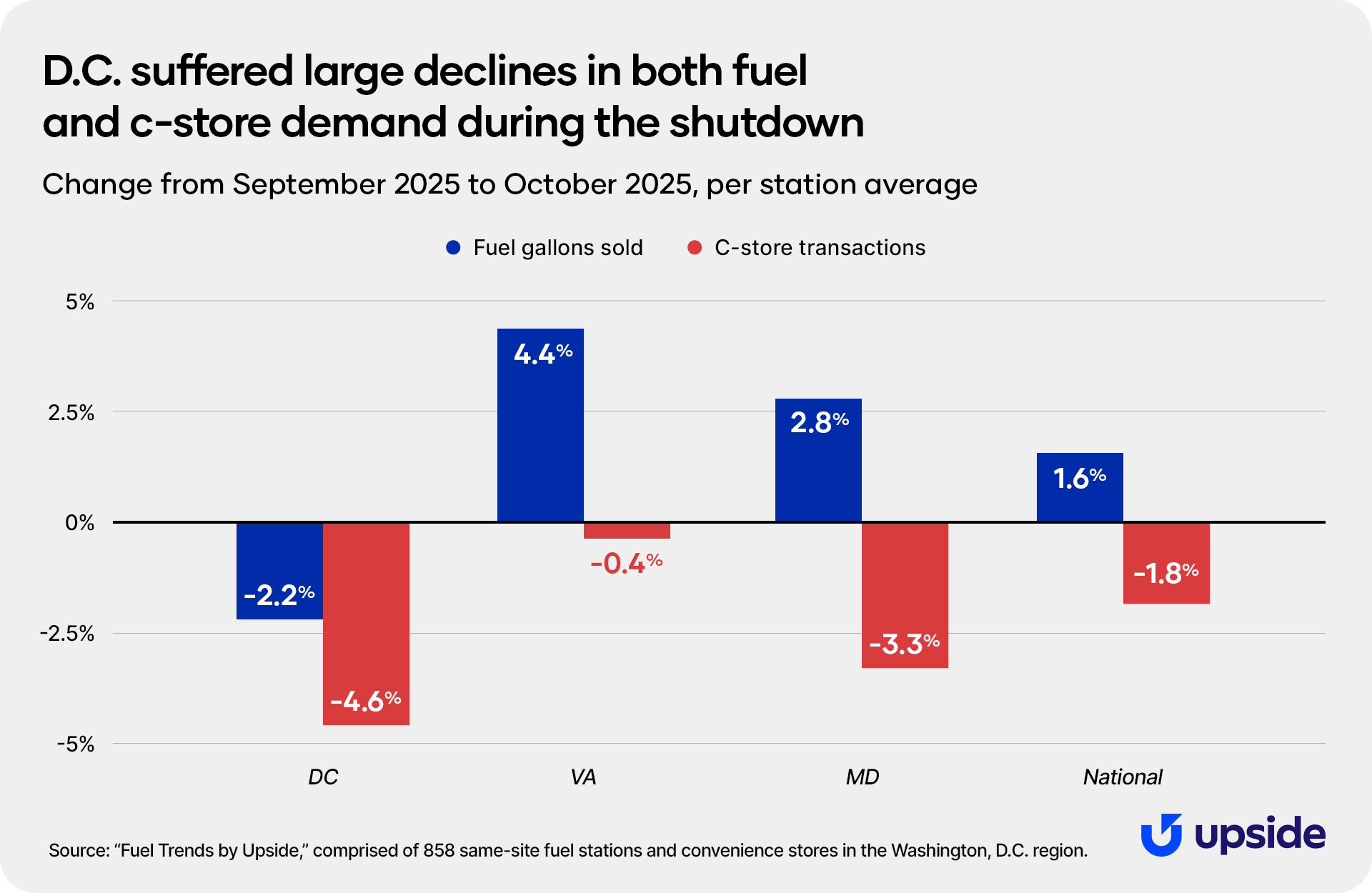
At time of publication, the shutdown appears to be coming to a close. But it did last nearly two weeks in November, and the impacts won't be reversed immediately, so we expect further D.C. declines in November, especially in c-store trips.
Predictions and considerations
October’s trends intensify — even lower prices, even less demand
After October 31st, the last few stations still using their summer-blend fuel (largely concentrated in Southern California) will make the switch, bringing down prices for consumers in those regions.
Of course, the usual caveats apply — we’re counting on little inclement weather and geopolitical stability.
Potential tailwinds:
1. Seasonal maintenance is concluding at American refineries, increasing available capacity. When refineries can produce more fuel, that has a downward impact on prices.
Potential headwinds:
1. At the end of October, new sanctions on Russian oil were added, which slightly increased the global crude prices. There is a possibility of additional sanctions, which would have even more upward impact on prices.
2. It is officially the last month of hurricane season. Through October, mainland America has not seen a hurricane landfall this season; if that holds in November, it will be the first time since at least 2015.
3. November brings expected lower seasonal demand, coupled with lower commuter traffic during the Thanksgiving holiday.
Want a closer look at the data?
Check out our insights hub with all our fuel and convenience monthly updates, plus special industry reports.
Share this article:
Dr. Weinandy is a Principal Research Economist at Upside, providing valuable insights into consumer spending behavior and macroeconomic trends for the fuel, grocery, and restaurant industries. With a Ph.D. in Applied Economics, his academic research is in digital economics and brick-and-mortar retail. He recently wrote a book on leveraging AI for business intelligence.
Request a demo
Request a demo of our platform with no obligation. Our team of industry experts will reach out to learn more about your unique business needs.






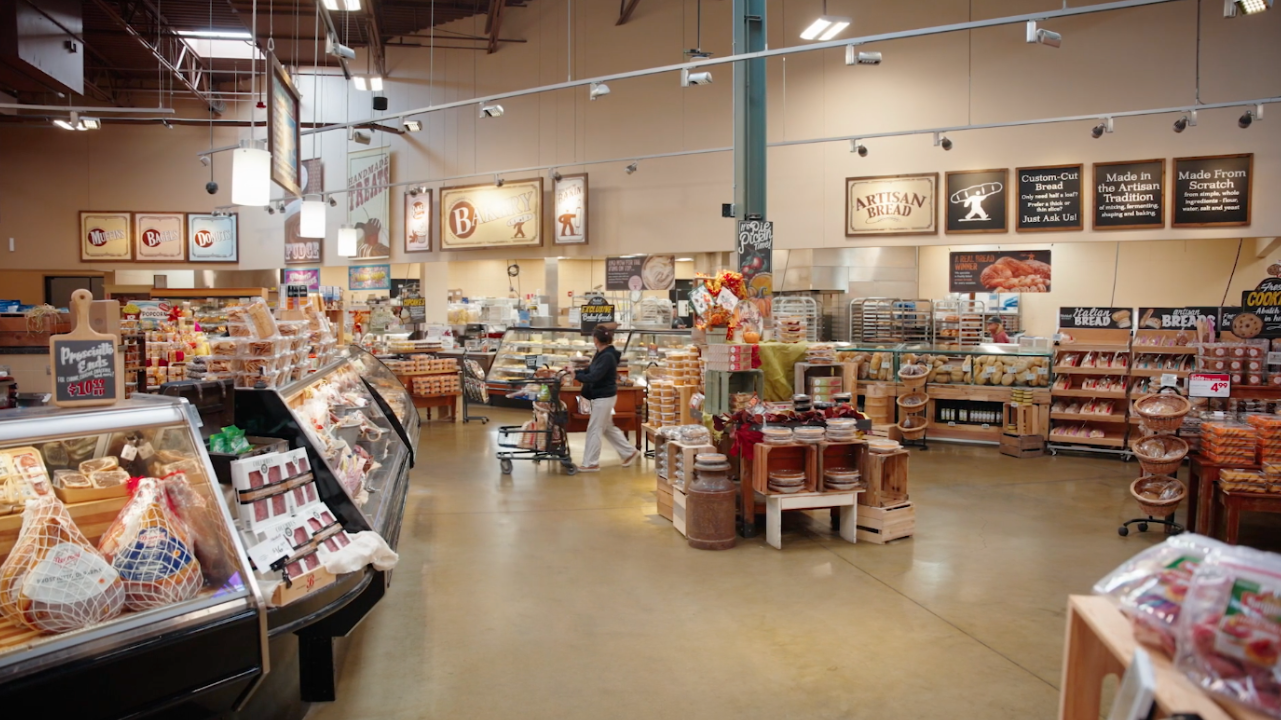

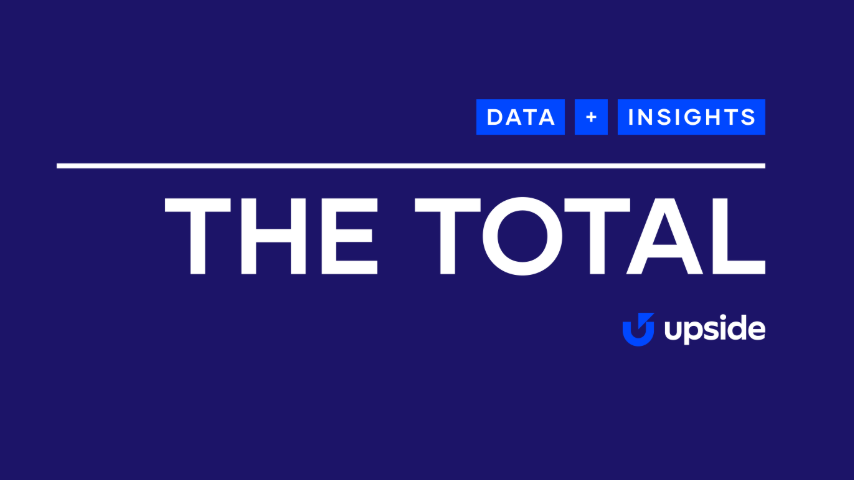

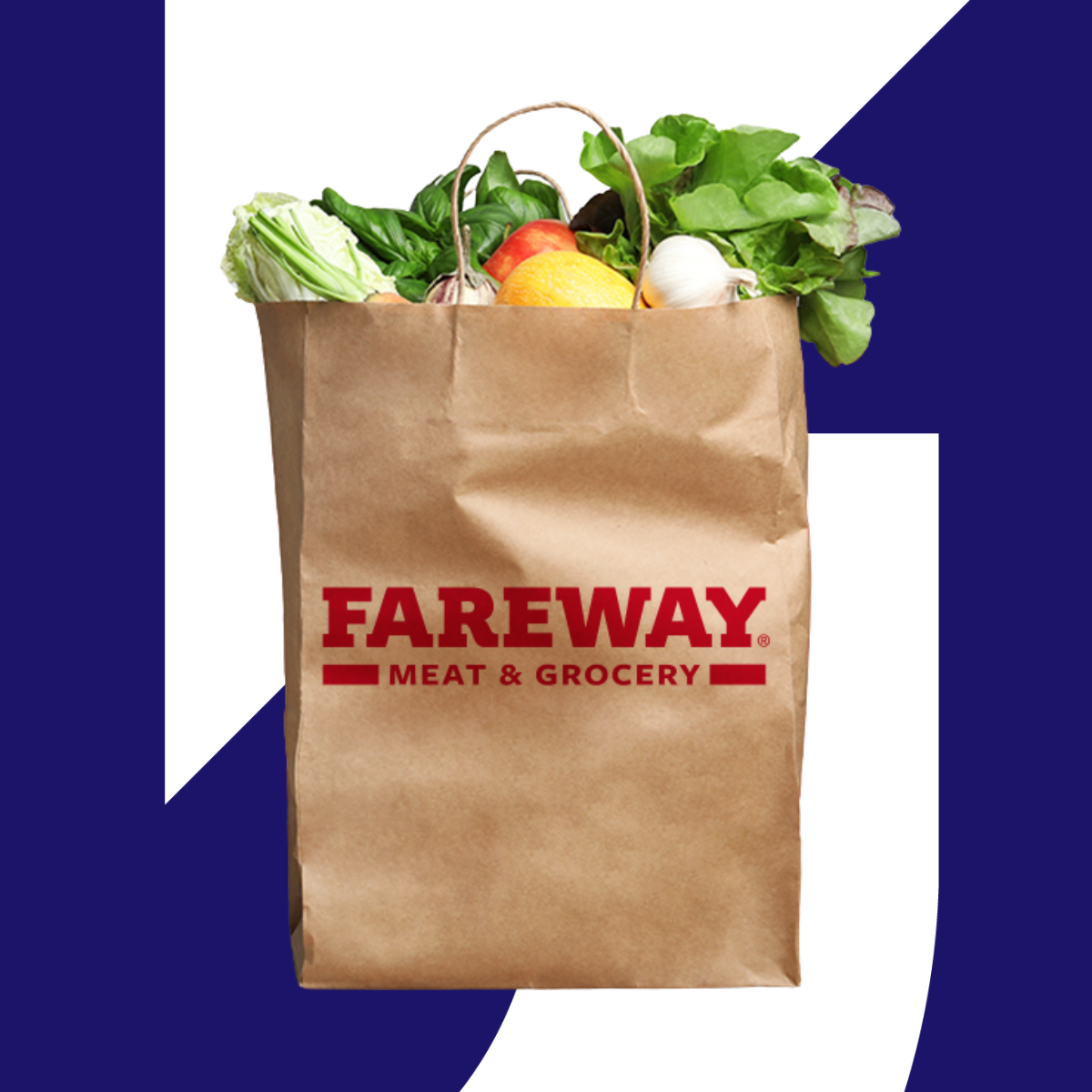
.png)



